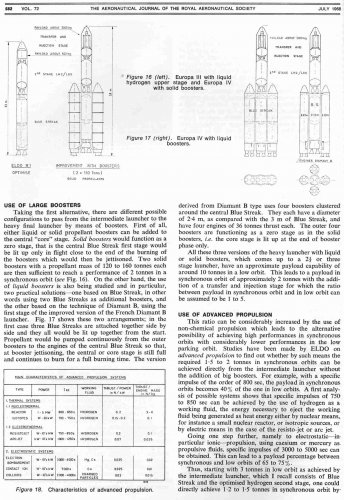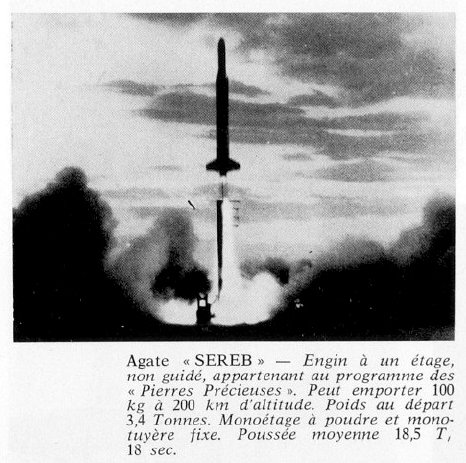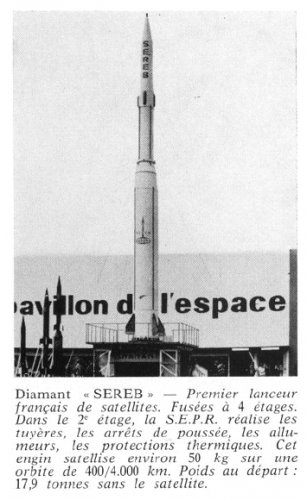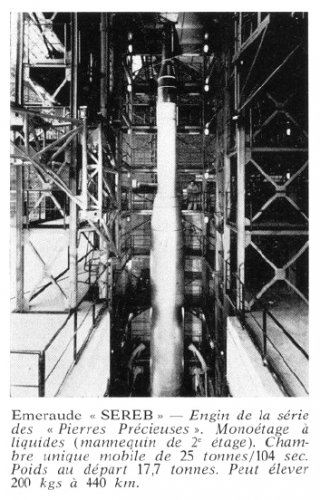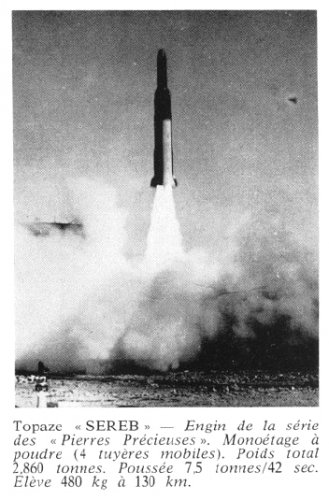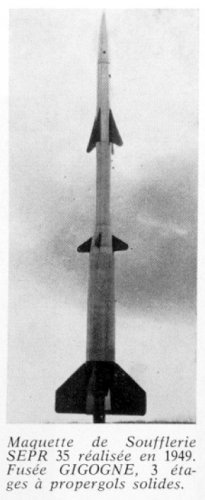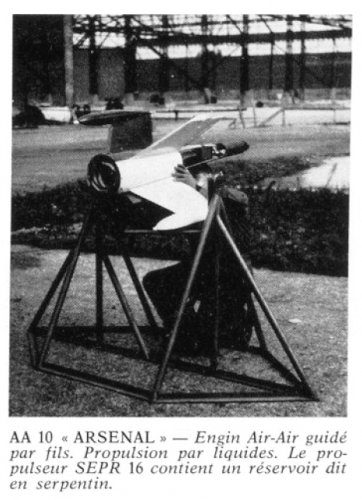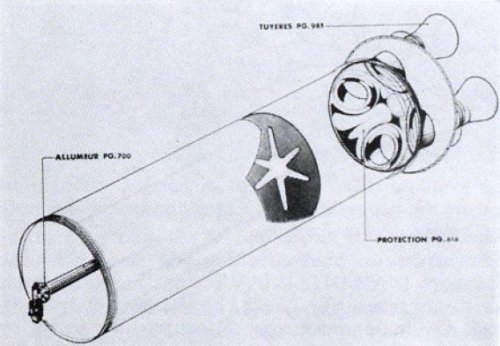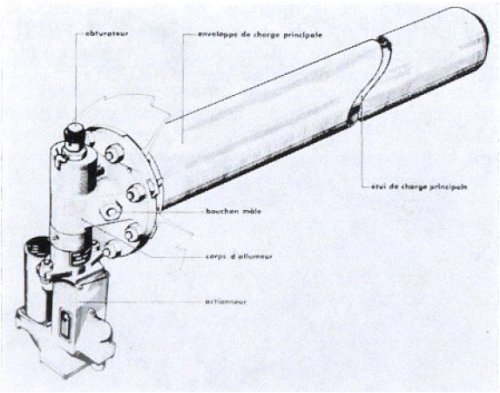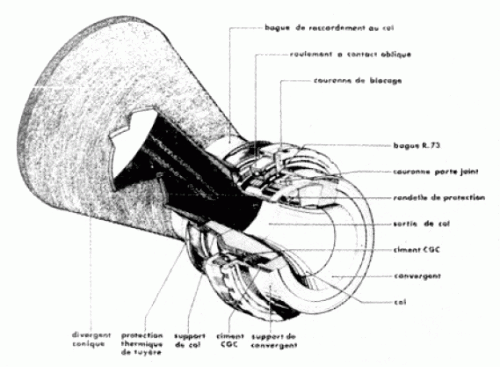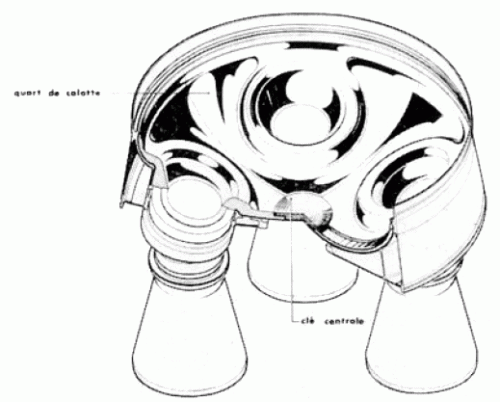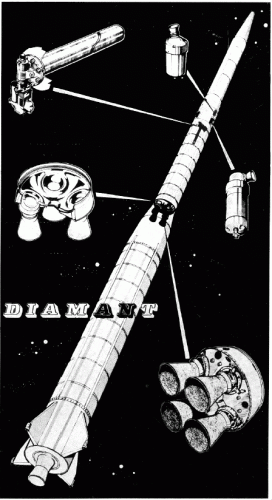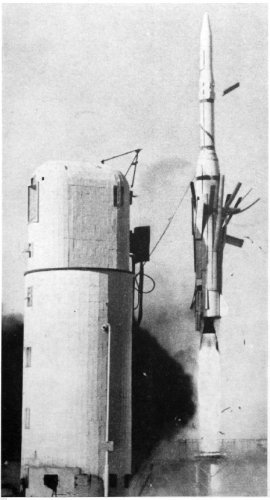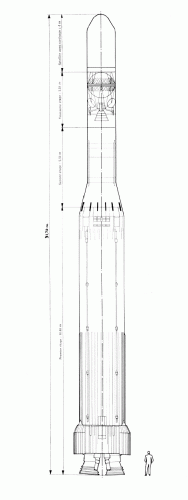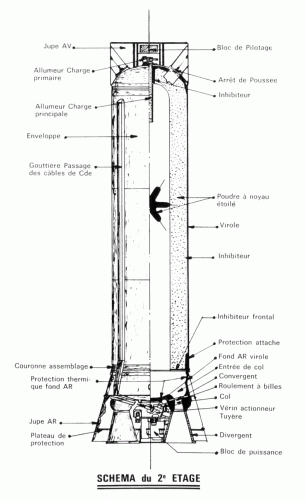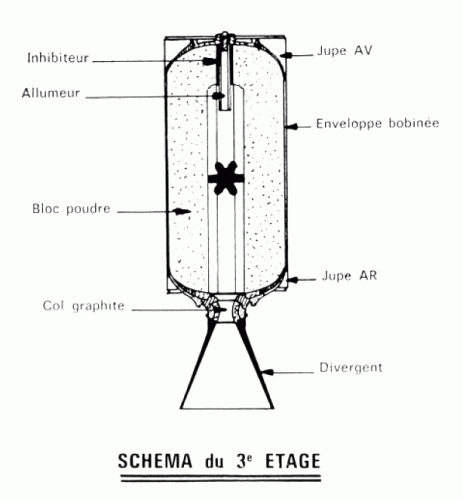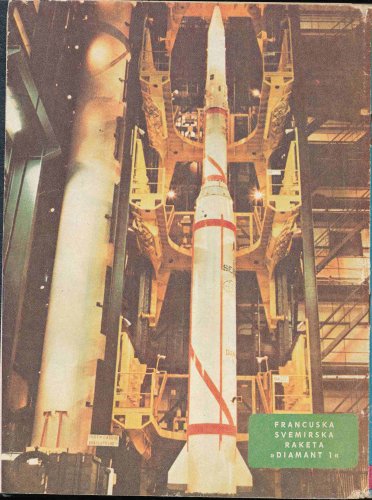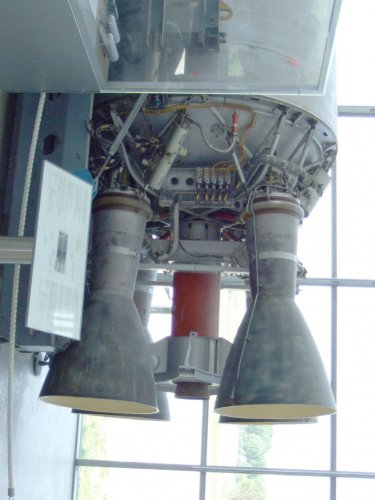thanks, pometablava
Archibald said:
I ill-formulated my question. There was a company called cryrocket, a joint venture between M.B.B and SEP that was to build the H.20, the hydrolox engine for the second stage of Europa III-B.
Was Cryrorocket H.20 related to the HDTW in any way ?
So far the German literature this happen during January 1970 to December 1972
January 1970
ELDO Minister meeting about successor of Europa I&II rocket were Europa III-B proposal wins
A Rocket of 3,6 meter ø and 36 meter long
frist stage L120 with four Viking M44 engines, second stage as has of 25 tons for hydrolox (
label in french literature from the begin as H20)
this second stage had to be build by "Cryorocket" a join venture of MBB and SEREB
Program cost estimate as $475 millions over next seven years launch expected 2 test launch follow with 3 launch until operational in 1979
(
note L is for Liquid, H stand for Hydrogen, the Number of propellants in tons. M stand for Motor the number for it thrust in tons)
Soon first detail changes were made in before 11-12 july 1972 (presentation of progress report to Minister)
the engine prototype Viking M55 made more thrust, so fuel load was increased in First stage L150, also Diameter of 3,6 to 3,8 meter
that reduce hight of First stage from 19,2 to 18,4 meters, the second stage reduce from 12,2 to 10,50 meter.
in contrast the Payload fairing was extended to 8,5 to 11 meters.
over next seven years launch expected 5 test launches until operational in 1979
next came to engine of second stage the Germans wanted to build.
here it become vague but most descriptions mean HDTW either in function or data
for Europa III had to a engine that does 200~250 kN thrust, combustion chamber pressure 130 atmosphere and ISP 4393 meter/sec
That engine was consider biggest cost factor in Development of Europa III
also steps Italy out the Europa III program, increasing the German financial involvement to 45%
Then in November 1972 two engineers at CNES, Albert Vienne et Roland Deschamps,
Publish the study for low cost and saver approach to Europan launch rocket called "lanceur de substitution à Europa 3" short L3S
In December 1972 happens the next Minister council the Europa rocket program is dead and L3S proposal is taken.
two reason: far cheaper as Europa III with 3520 million franc vs 2210 million franc for L3S (1973 french francs)
and second rely only conventional hardware. L3S was relabel later to Ariane 1
This picture from french Literature show the Engine for H20 stage
from it configuration that clearly the HDTW engine from MBB
Can it be that i made mistranslations while reading french text?
That HDTW was to be NOT Replace in first place ?
Next to L3S was another proposal by Aerospatiale called Europa 3 National (E3N or Europa 3N)
it feature L150 from Europa III rocket (like L3S) but feature a second stage for hydrolox with two french engine with each 14 ton thrust.
i afraid of mixing up the Two versions during translation
sources:
http://www.capcomespace.net/dossiers/espace_europeen/ariane/index.htm
Europäische Trägerraketen
von der Diamant zur Ariane 6
Bernd Leitenberger
ISBN 9781500296612


